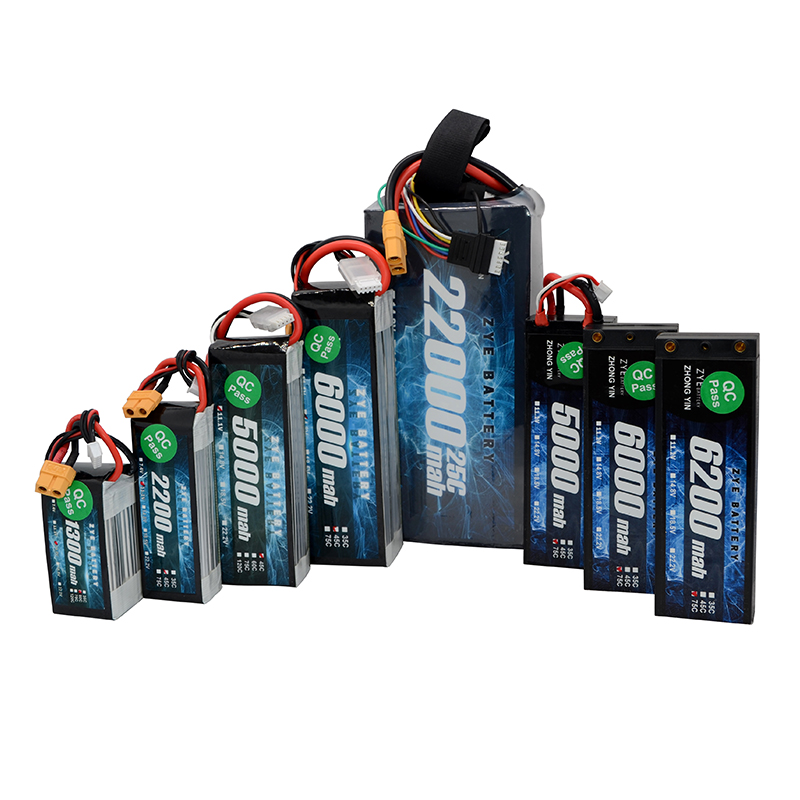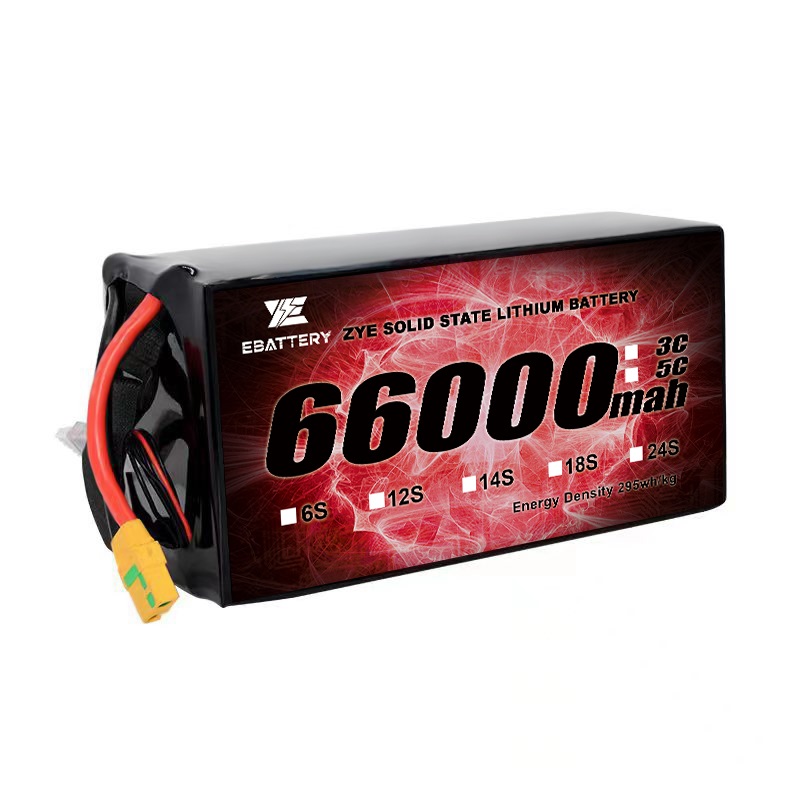How Solid-State Batteries Are Changing the Drone Industry?
2025-11-03
1.The drone industry is rapidly expanding, with new applications continuously emerging in logistics delivery, agricultural production, security surveillance, and environmental monitoring.
Battery technology is central to driving these advancements, directly determining a drone's flight duration, payload capacity, and overall performance. While lithium-ion batteries remain the industry standard, solid-state batteries are emerging as a disruptive technology poised to revolutionize drone capabilities and unlock entirely new application scenarios.
2.Drone Application Scenarios and Advanced Battery Requirements
Drones have become indispensable tools across numerous sectors, including:
Logistics Delivery: Companies like Amazon and Walmart are scaling up drone delivery operations, requiring batteries that meet safety standards while supporting longer endurance and heavier payloads.
Agriculture: Precision farming relies on drones to monitor crop growth, apply fertilizers and pesticides, and assess plant health. High-capacity batteries enable these drones to efficiently cover larger operational areas.
Defense and Surveillance: Military and law enforcement agencies deploy drones for reconnaissance, surveillance, and security missions. These applications require high-energy-density batteries to power complex onboard systems and extend mission duration.
Environmental Monitoring: Scientists and researchers utilize drones for environmental monitoring, including topographic mapping, wildlife tracking, and climate data collection. These operations often occur in harsh environments, making durable and reliable batteries essential.
Environmental Monitoring: Scientists and researchers deploy drones for environmental monitoring, including topographic mapping, wildlife tracking, and climate data collection. These applications often occur in harsh environments, making durable and reliable batteries critical.
As drone technology advances and application demands grow increasingly stringent, advanced battery technologies capable of meeting these requirements become essential.
3.Current State of Battery Technology in the Drone Industry
The drone industry currently relies primarily on lithium-ion batteries, a technology that has seen significant advancements in recent years. Enhanced energy density enables drones to carry heavier payloads and extend flight times, while fast-charging technology reduces downtime. However, limitations in energy density and safety remain concerns.
Beyond lithium-ion batteries, the drone industry utilizes other battery types, each with unique characteristics:
The industry also faces supply chain security challenges. Numerous drone manufacturers heavily depend on Chinese battery suppliers, potentially creating vulnerabilities and risks. Industry reports indicate growing concerns over supply chain disruptions, underscoring the urgent need for diversified sourcing.
Additionally, customized battery packs tailored to diverse drone applications are gaining prominence. This trend highlights the importance of bespoke battery solutions optimized for performance, efficiency, and safety across various drone use cases.
Despite these advancements, the industry recognizes the need for more advanced battery technologies to overcome existing limitations and meet the escalating demands of drone applications. Solid-state batteries have emerged as a solution in this context.
4.Challenges in Adopting Solid-State Batteries for Drones
Despite their advantages, solid-state batteries face multiple hurdles for widespread adoption in the drone industry:
High Production Costs: Materials used in solid-state batteries—particularly solid electrolytes—currently cost 14% more than traditional lithium-ion battery components. Their manufacturing processes are also more complex, requiring specialized equipment and expertise.
Interface Stability: Maintaining stability at the interface between the solid electrolyte and electrodes is critical for ion transport efficiency and overall battery performance. Achieving and sustaining this stability during cycling is challenging due to the volumetric changes in electrodes.
Mechanical Properties: Certain solid electrolytes (especially ceramic-based ones) exhibit brittleness and are prone to cracking under stress. This poses a potential risk for drones, which experience vibration and impact during operation.
Lithium Dendrite Formation: Although less probable than in lithium-ion batteries, solid-state batteries can still develop lithium dendrites, leading to short circuits and battery failure.
Thermal Management: While generally safer at high temperatures, solid-state batteries may exhibit lower heat dissipation efficiency than liquid electrolytes. This can become problematic in high-power applications with significant heat generation.
Battery Resistance: High resistance at solid-solid interfaces within solid-state batteries may limit power output and accelerate battery degradation.
Manufacturing Complexity and Scalability: Solid-state battery production involves intricate processes and faces significant challenges in scaling up to meet drone industry demands. These include precision manufacturing of solid electrolyte layers, ensuring reliable electrode contact, and developing new manufacturing techniques suitable for mass production.
5.Overcoming these challenges is critical for the successful integration and widespread adoption of solid-state batteries in the drone industry.
These technological breakthroughs will open new horizons for drones across multiple sectors, including logistics delivery, agricultural applications, defense surveillance, and environmental monitoring as mentioned earlier.
The ongoing development and integrated application of solid-state batteries will undoubtedly reshape the future landscape of the drone industry, transforming them into more versatile, efficient, and reliable intelligent tools across a wide range of application scenarios.

























































